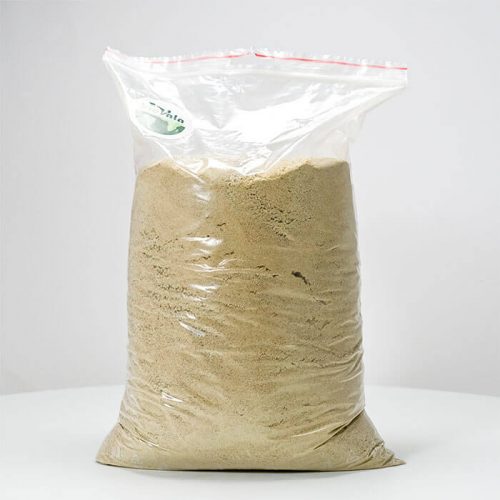Description
Animal wastes are a problem where animals are housed. There is very little dilution of animal wastes so they are extremely strong organically and cause major environmental problems if discharged to water courses. It is not possible to treat animal wastes using conventional wastewater treatment technology due to the vast dilution required. Thus animal wastes tend to be stored in tanks, silos and lagoons. It is essential that the waste material be stabilized prior to disposal. However, to achieve stabilization, the slurry must be stored for long periods of time. This factor
together with the large volumes of waste generated is a problem for the farmer.
As animal production intensifies, the issue of controlling gases in confined animal housing becomes a problem. One gas in particular is receiving increased attention due to its noxious odour and its potential as a hazard not only to the housed animals but also to the farm operators. This gas is Ammonia. High levels of Ammonia have been associated with increased incidences of respiratory disease, slow weight gain, loss of appetite and lower fertility rates amongst confined animals. Emission levels of this gas are now governed by legislation in many countries. Farmers and feed companies are faced with a dilemma of how to reduce the harmful effects of Ammonia and satisfy environmental restrictions.
Other gases which are of concern include Hydrogen sulphide (H 2 S) and Methane (CH 4 ) which develop under anaerobic conditions in animal slurry. When animal slurry is stored for long periods heavy crusting develops in the upper layers and conditions become anaerobic within the slurry. These gases are particularly hazardous to the farm operator as well as causing corrosive damage to concrete walls and floors of storage tanks.
The problems arising from storage of animal wastes/slurry include:
- Formation of crust on the upper layers of slurry in the tank, silo or lagoon
- Development of anaerobic conditions within the slurry
- Development of noxious odours in the housing units and in the slurry storage units
- Production of hazardous gases in the housing units and in the slurry storage units
- Attraction of flies
- Stressed, unhealthy livestock.
„BVL FARM“ harnesses the power of environmental biotechnology to resolve the problems caused by production and storage of animal wastes. „BVL FARM“ contains a blend of harmless, natural micro-organisms that manage the conditions presented by intensive animal housing, slurry production and storage.
The benefits of treatment of livestock housing and slurry with BVL FARM include:
- Reduction in crust formation on tanks, silos and lagoons surfaces
- Increased pumpability of slurry
- Reduction of noxious odours
- Reduction in formation of hazardous gases
- Control of fly infestation
- Faster slurry stabilisation
- Safe environment for livestock and farm operators
- Healthy livestock and increased weight gain.
- Livestock referred to include cattle, pigs, sheep and poultry.
What is BVL FARM?
„BVL FARM“ is a biological powder product that contains a wide range of natural micro-organisms that have been specially selected for their ability to efficiently mobilise the slurry, compete successfully with anaerobic micro-organisms in order to prevent the development of gases such as H 2 S and Methane, effectively remove Ammonia and biodegrade organic material to produce a more acceptable slurry.
„BVL FARM“ contains a small quantity of free enzymes to help initiate the biodegradation process. Once the bacteria are established, they then take over the enzyme production process. The bacteria in „BVL FARM“ have the ability to produce biosurfactants. These naturally produced surface-active agents will assist the biodegradation process and also promote the mobilization of the crust layers in the slurry.
„BVL FARM“ contains a buffering agent which helps to neutralise the environment in which the micro-organisms are expected to work thus reducing the acclimatisation period.
„BVL FARM“ contains one final important ingredient. This is Yucca Extract. This
component, a natural extract of the Yucca plant, has consistently reduced Ammonia levels in confinement units. It also has some benefits on removal of H 2 S. Reduction in odours, gases and organic constituents will control the presence of flies.



